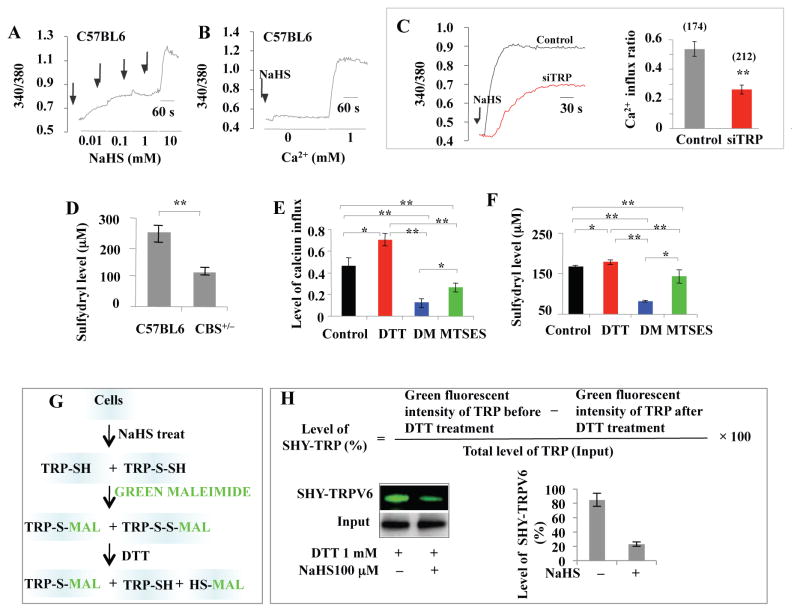Figure 6. H2S regulated Ca2+ influx via sulfhydration of Ca2+ channels.
(A) Ca2+ levels were measured from the ratio of emission in response to excitation at 340 nm and 380 nm by microscopy. H2S donor NaHS (10 μM to 10 mM) induced a dose-dependent Ca2+ influx in BMMSCs. Arrows represent the time points when H2S donor NaHS was added. (B) When 100 μM NaHS, with or without 1 mM CaCl2, was used to treat BMMSCs, Ca2+ flux only occurred in the presence of CaCl2, indicating that the calcium influx mainly came from outside the cell membrane, but not from the endoplasmic reticulum or mitochondria. (C) When combination knockdown of TRPV6, TRPV3, and TRPM4 expression was induced in BMMSCs by siRNA, NaHS-induced Ca2+ flux was significantly reduced. (D) Ellman’s test showed that sulfhydryl numbers on the cytomembrane were decreased in CBS+/− BMMSCs when compared to normal BMMSCs. (E) Statistical analysis showed that 1 mM DTT treatment significantly elevated NaHS-induced Ca2+ influx, but 1 mM DM or MTSES significantly reduced NaHS-induced Ca2+ influx when compared to the control group (100 μM NaHS treatment). DM treatment exhibited more effective inhibition of Ca2+ influx than MTSES. (F) Ellman’s test showed DTT treatment increased the number of free sulfhydryls in BMMSCs, while DM decreased the number of free sulfhydryls in BMMSCs. MTSES also reduced the sulfhydryl number in the BMMSC membrane. (G) Protein sulfhydration in BMMSCs, with or without NaHS treatment, was assessed by Alexa Fluor 488-conjugated C5 maleimide. (H) After 1 mM DTT treatment, sulfhydration of TRPV6 protein was calculated based on residual green fluorescence intensity in comparison to total level of TRPV6 protein. Without NaHS treatment, DTT failed to affect the levels of “green” TRPV6 protein, indicating the absence of sulfhydration. In contrast, NaHS treatment reduced the green signal of TRPV6 protein in the presence of DTT, indicating that sulfhydration occurred. * P<0.05, ** P< 0.01. Experiments were repeated three times. See also Figure S6.

